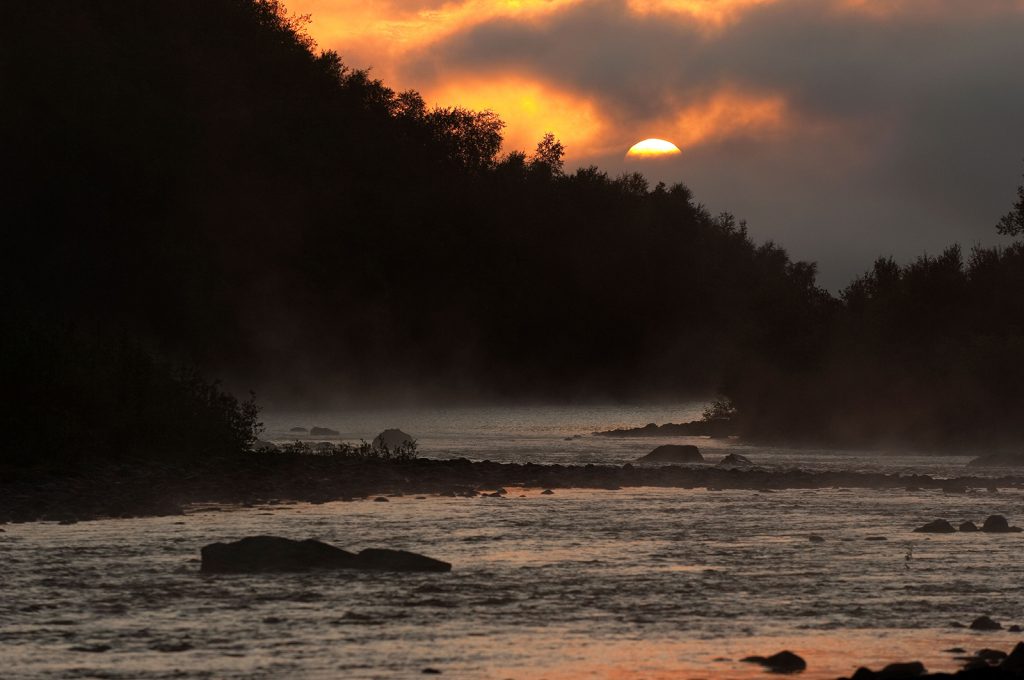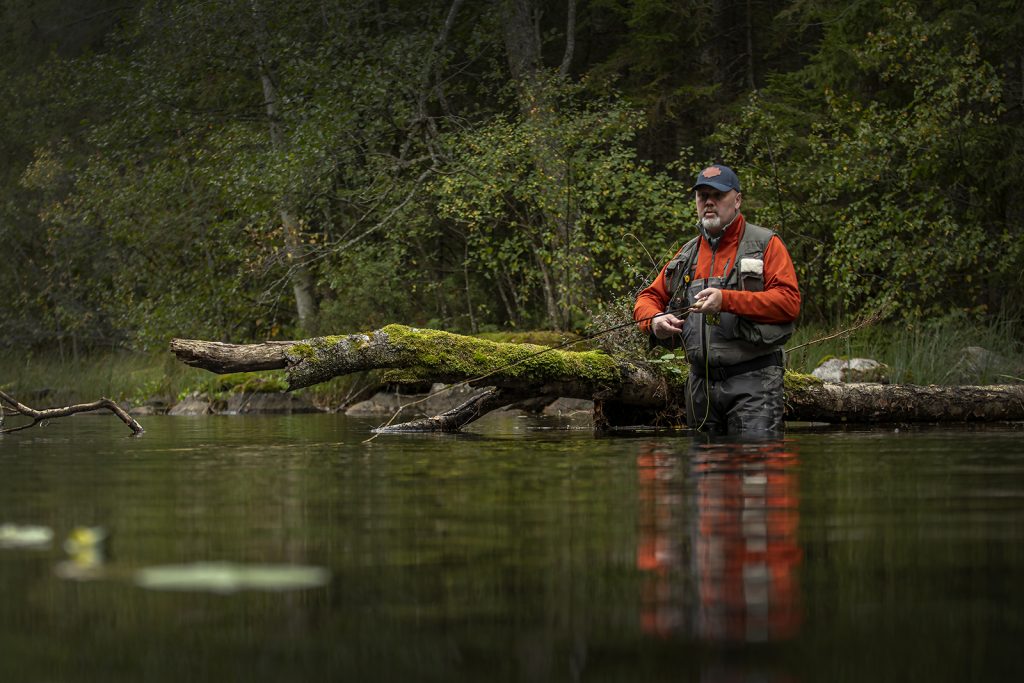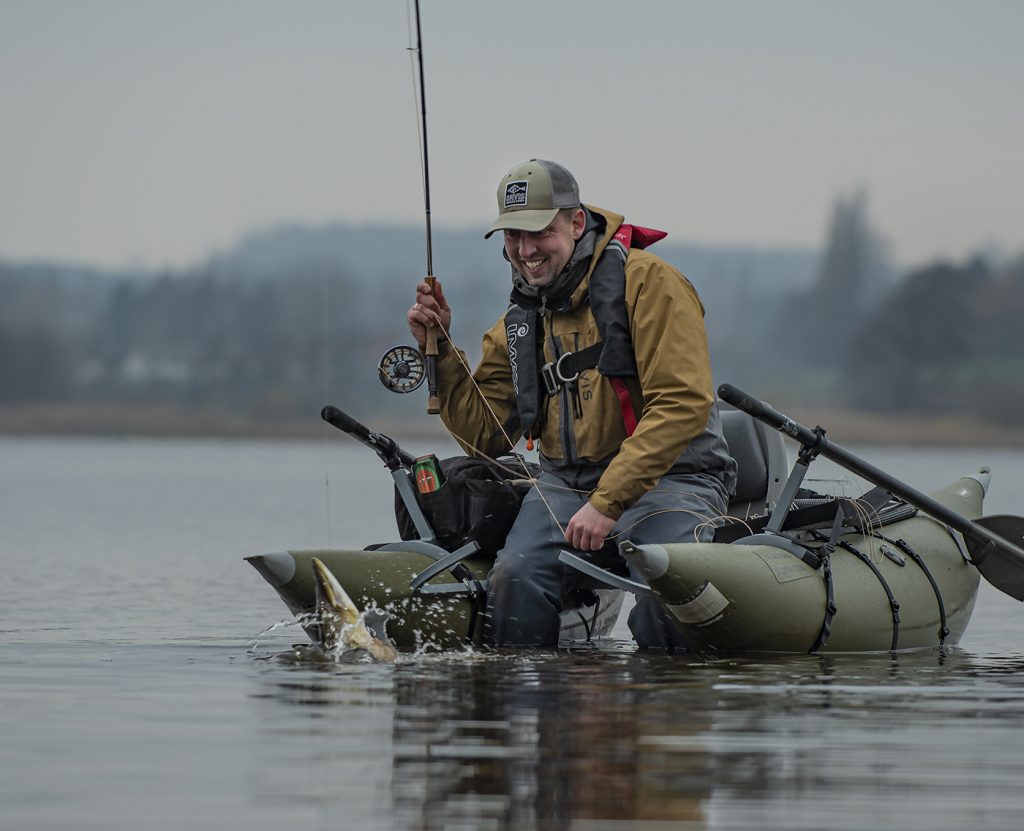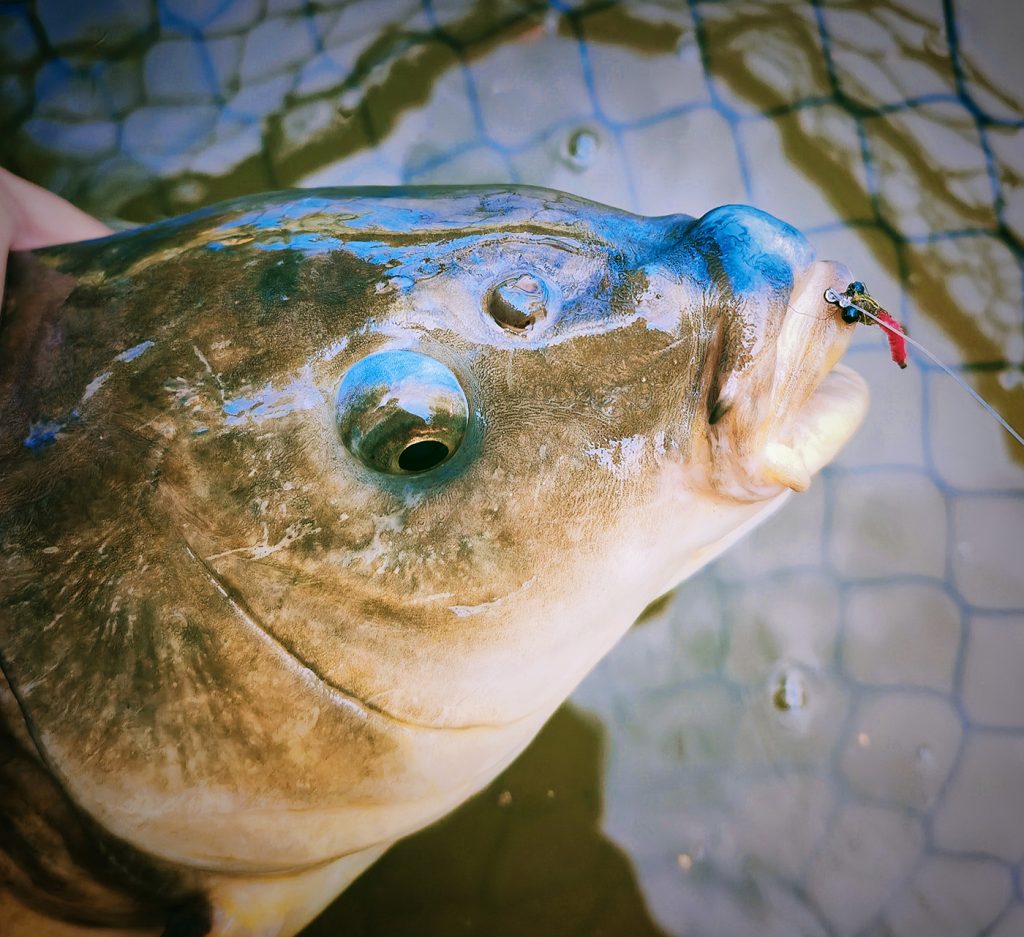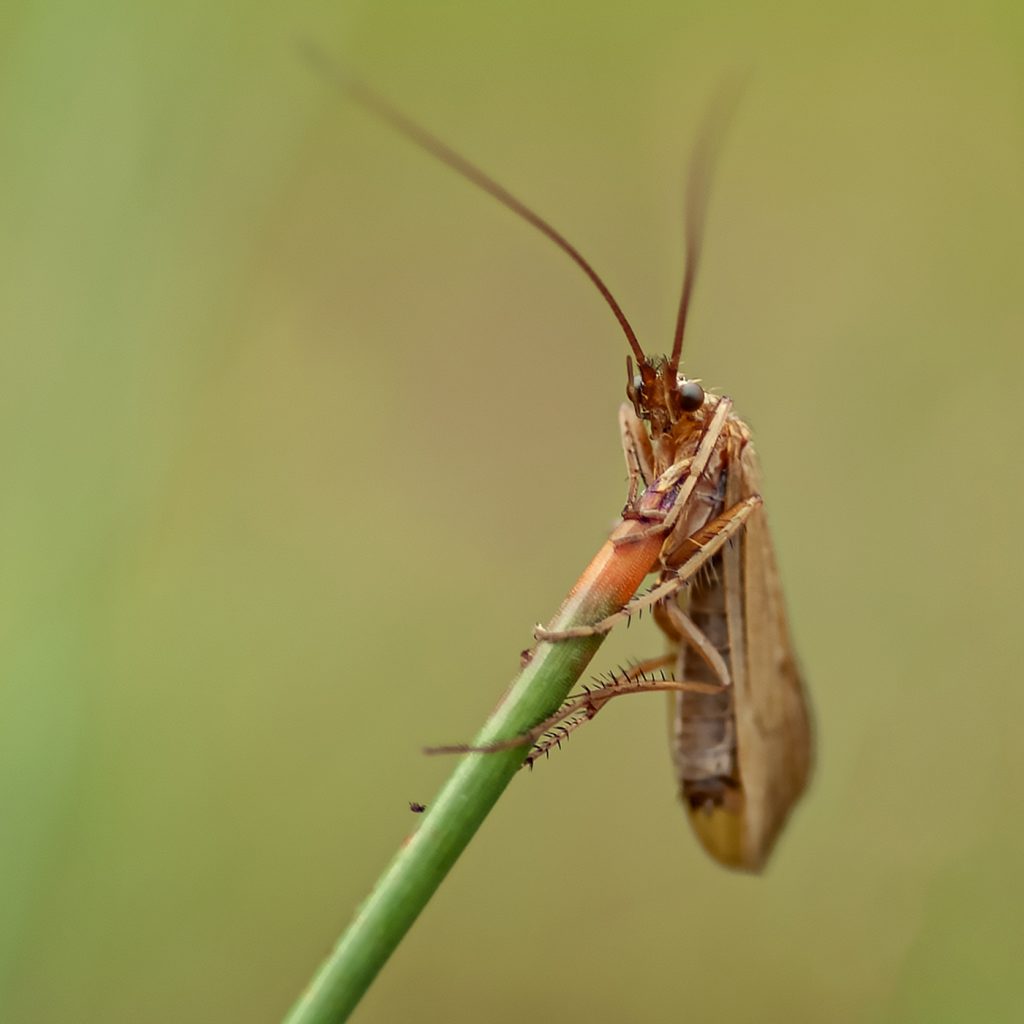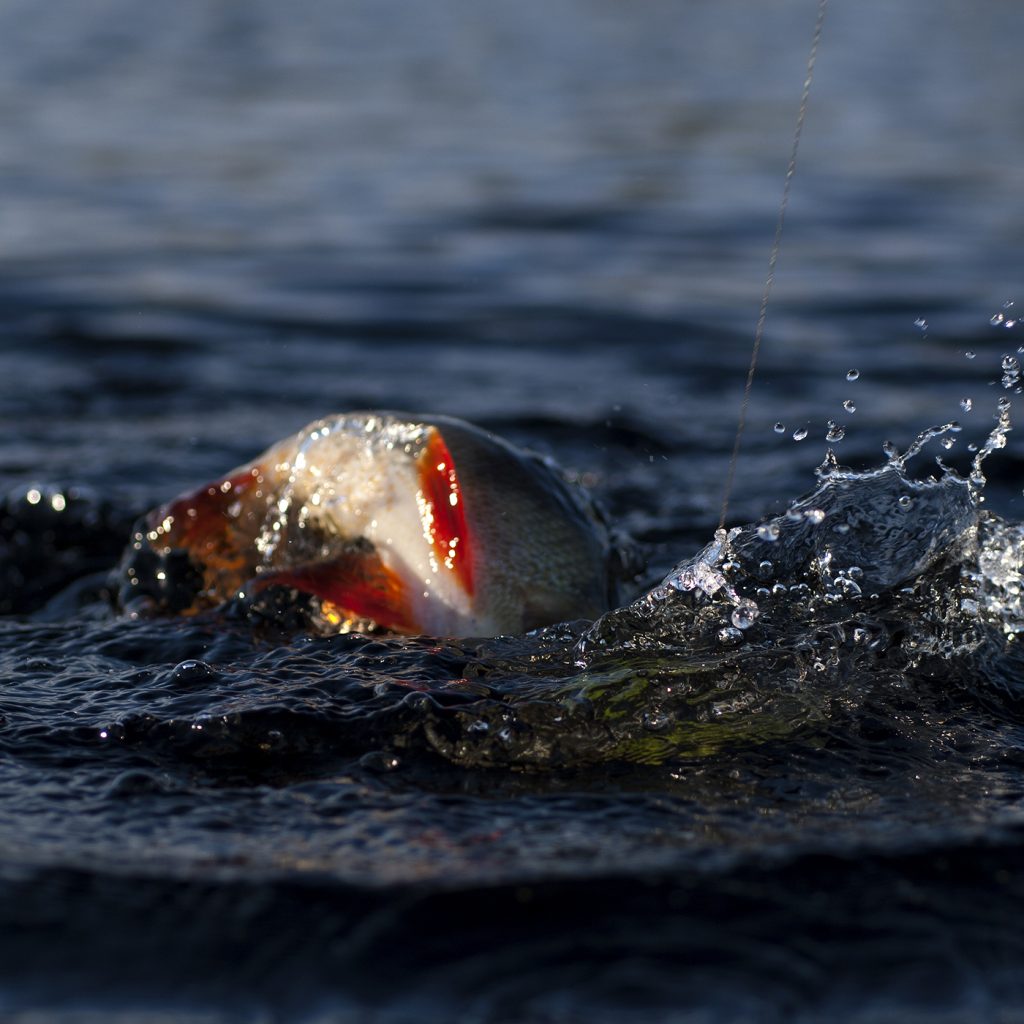
We’re usually not slow to let you know abut new hooks, but it seems that other blog subject have been more important, because we actually snuck in a new hook in the Predator series. It’s getting cold and once in a while, especially as it gets even colder, you sometimes need to pick up the fish on the bottom. On the bottom there’s usually a lot of debris, so fishing an upside-down hook can be a very good idea.


